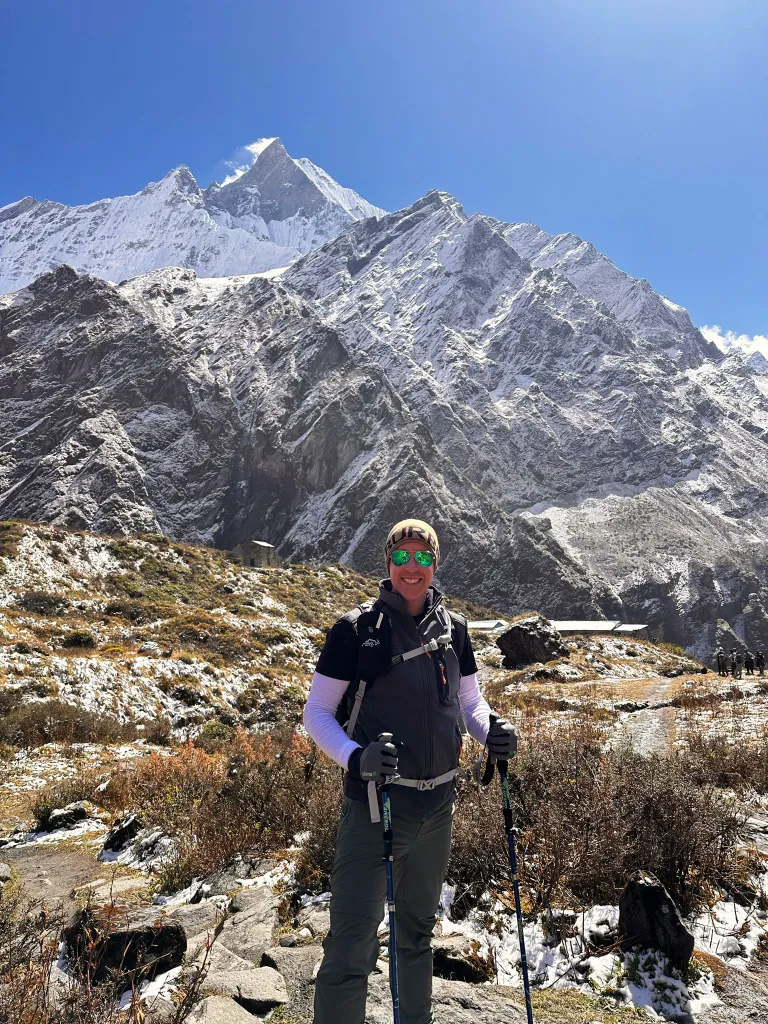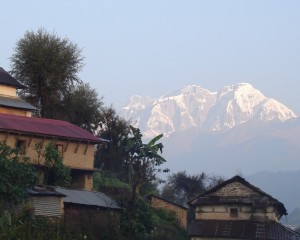Everest Base Camp or Kanchenjunga Base Camp? Which one is better?
Everest and Kanchenjunga are among the world's highest mountains, and the trekking trails in the lap of these Himalayas offer incredible experiences. The Kanchenjunga Base Camp Trek is a journey into the remote and pristine eastern region of Nepal to explore the untouched wilderness and rich cultural heritage of the local communities.
In contrast, the Everest Base Camp Trek is one of the most iconic treks in the world. It is located in the Khumbu region of Nepal and takes trekkers through picturesque Sherpa villages, ancient monasteries, and rugged landscapes, culminating at the base of Mount Everest.
Now, what differentiates these trekking routes? Despite both being trails that pass by some of the world's highest peaks, they offer distinct experiences. Let's find out what those differences are.
Overview of Everest Base Camp Trek

The Everest Base Camp Trek is one of the classic and first-ever trekking routes that circles the mighty Everest. The well-maintained trail is situated in the lap of the Himalayas. The fantastic part is the blend of Sherpa culture and the diverse flora and fauna of Sagarmatha National Park.
This journey begins with a scenic flight to Lukla, where the grand sight of Ama Dablam greets trekkers. From Lukla, the 14-day trek leads to the base camp of Everest, winding through picturesque villages and stunning landscapes.
The alluring part of the trail is the encounter of flying chortens, beautiful mani walls, and Tibetan monasteries. At the same time, the scenic views of Cho Oyu, Makalu, Ama Dablam, Island Peak, and Everest will leave anyone in awe.
Highlights of the Everest Base Camp Trek
- Magic of Namche Bazaar: The mountain town of Namche Bazaar is a magical stop on the trek chance to immerse in its beauty and vibrant atmosphere. Namche serves as a central hub for trekkers and provides stunning panoramic views of the surrounding peaks.
- Sherpa Culture and Local Hospitality: The trek provides an insightful glimpse into the Sherpa culture and lifestyle, as well as the warm hospitality and way of life they share with trekkers.
- Monasteries and Spiritual Peace: The route is dotted with ancient Tibetan monasteries where trekkers can immerse themselves in peace and spirituality amidst the towering peaks.
- Diverse Flora and Fauna: Sagarmatha National Park is home to a rich variety of flora and fauna, including the elusive red panda and the majestic Himalayan thar.
- Scenic Mountain Views: The trek offers breathtaking views of some of the world's highest peaks, including Everest, Cho Oyu, Makalu, Lhotse, Pikey Peak and many more.
Overview of Kanchenjunga Base Camp Trek

The Kanchenjunga Base Camp Trek is one of the unexplored trekking trails that offer an opportunity to experience the remote wilderness of the eastern region of Nepal. This trek begins with a scenic flight and a countryside drive, with the adventure truly starting on the third day. The route traverses a variety of landscapes, from subtropical lowlands with lush forests to alpine meadows and glaciers at higher elevations.
The lower elevations are inhabited by the Aryan community, the mid-region by the Rai and Limbu people, and the upper elevations by the Sherpa people with the preservation of an untouched Buddhist culture. Each local community has its unique customs, and you have a chance to immerse yourself in different cultures.
The rewards of the spectacular views of peaks such as Jannu, Tent Peak, Makalu, Baruntse, Chamlang, and Kabru serve as a constant motivation to keep going.
Highlights of the Kanchenjunga Base Camp Trek
- Diverse Landscapes and Wildlife: Explore the Kanchenjunga Conservation Area, home to a variety of flora and fauna. You may spot snow leopards, red pandas, and Himalayan black bears, which are rare.
- Stunning Mountain Views: The trek offers breathtaking views of towering peaks, including Mount Kanchenjunga, Jannu, and other Himalayan giants. It also passes through lush rhododendron forests, alpine meadows, and pristine glacial landscapes.
- Rich Cultural Experience: Experience the warm hospitality of the Aryan, Sherpa, Rai and Limbu people, whose cultures are deeply rooted in Hinduism and Tibetan Buddhism. Traditional villages and monasteries add a rich cultural dimension to the trek.
Kanchenjunga Base Camp Trek Vs Everest Base Camp Trek?
Which one is better?
For beginners seeking a well-established trek with stunning views and a moderate challenge, the Everest Base Camp Trek is highly recommended. However, if you crave a more adventurous and remote experience, the Kanchenjunga Base Camp Trek beckons with its pristine wilderness and rich cultural diversity. Your choice depends on whether you prioritize the established path of Everest or the wild allure of Kanchenjunga's unspoiled landscapes and artistic treasures.
To wrap up, Both the Everest Base Camp and Kanchenjunga Base Camp treks offer distinct experiences in the Himalayas.
The Everest Base Camp Trek is renowned for its iconic Sherpa culture, scenic flights, and views of Everest and neighboring peaks.
In contrast, the Kanchenjunga Base Camp Trek offers a quieter and remote adventure and insights into local cultures in eastern Nepal.
So, are you looking to plan your next adventure? Nepal Vision Trek is here for your guided treks through Nepal's diverse landscapes and cultural treasures.
FAQS






